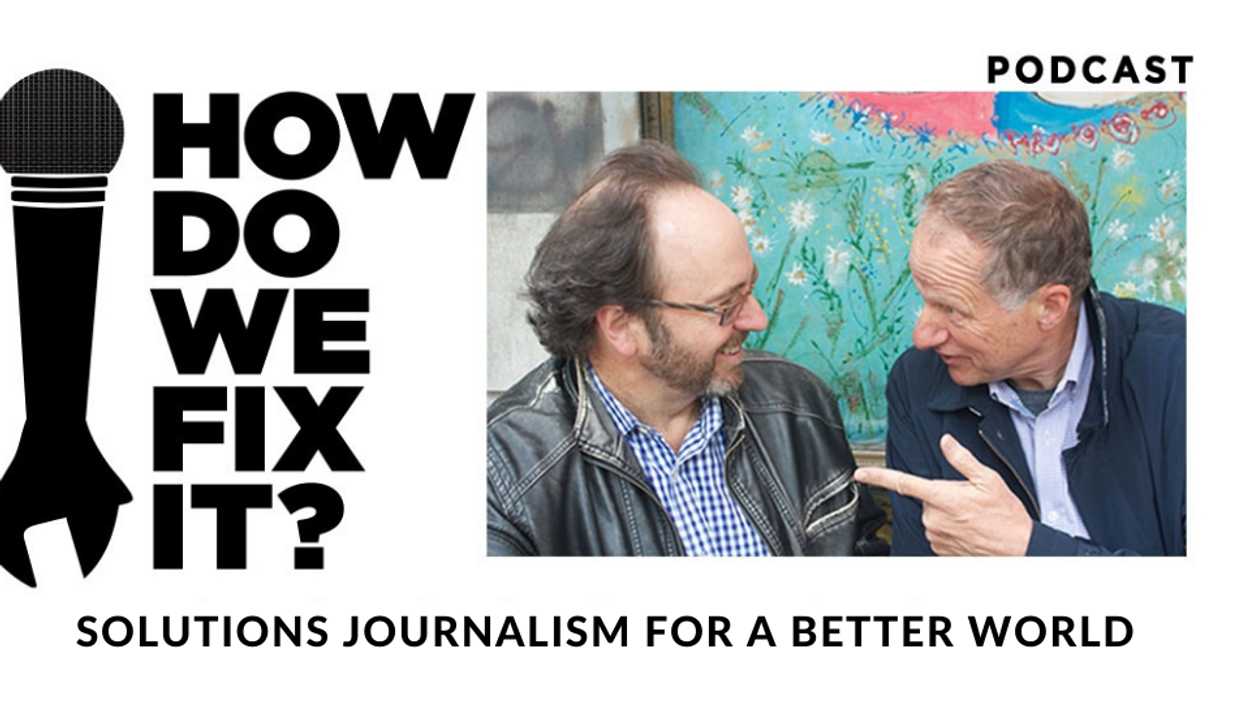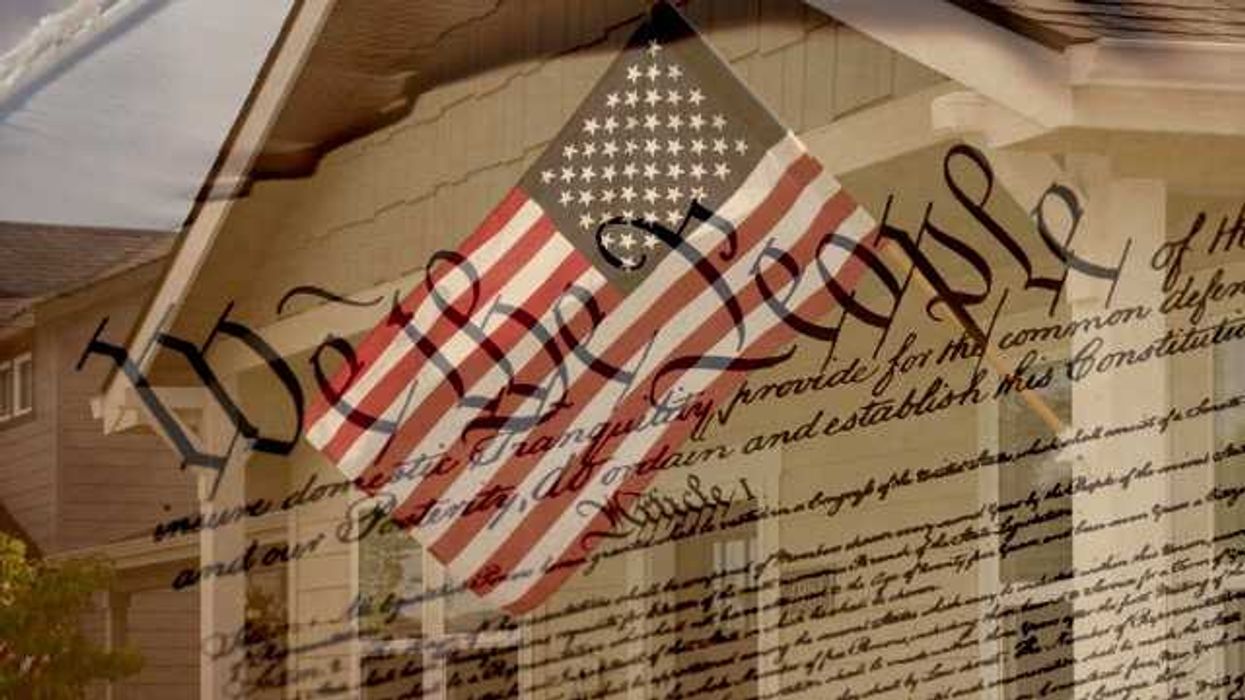One way to help solve America's polarization crisis is to hang out with someone not like you. Someone who sees the world differently or comes from a cultural background, social class, racial or ethnic group other than your own.
While social media, political elites and national news outlets profit from polarization, the rest of us do not. This episode looks at one highly successful local initiative to push back against the conflict entrepreneurs who want to make us angry, fearful and divided. The show’s guest is Liz Joyner, founder and President of The Village Square, a non-profit based in Tallahassee, Florida, dedicated to reviving civic connections across divisions inside American communities.












 Shannon Gormley, Rhode Island Public Schools
Shannon Gormley, Rhode Island Public Schools Les Sinclair, Blue Ridge Area Food Bank
Les Sinclair, Blue Ridge Area Food Bank Elena Casillas Hoffman,
Elena Casillas Hoffman, 
 Darrious Hilmon, Executive Director, CAN-TV
Darrious Hilmon, Executive Director, CAN-TV










